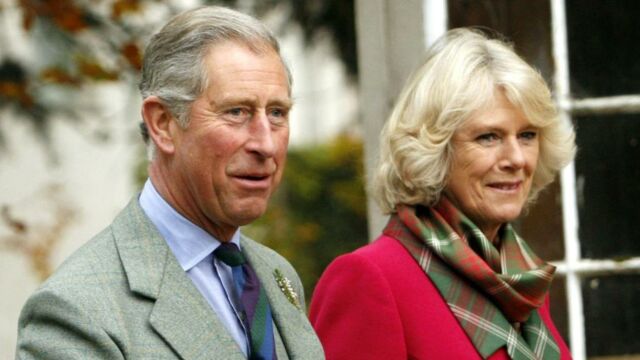It isn't often that Royal Family members buy a new property, but in 2007, the then Prince Charles added a new one to his already extensive portfolio. However, Charles III never intended to use it as a Royal residence. So, why spend £45 million on the Scottish estate?
Discover our latest podcast
Dumfries House
Built in the mid-18th century by the 5th Earl of Dumfries, the Palladian country mansion is located in Ayrshire, Scotland. It is listed as a significant piece of Scottish heritage. The estate still contains many original pieces of furniture, including examples of Thomas Chippendale’s work.
The estate stayed in the family until the early 2000s when the 7th Marquess of Bute could no longer afford the estate’s upkeep.
The then-Prince Charles stepped in and bought the sprawling estate for a staggering £45 million. Unlike His Majesty’s other properties, Dumfries House was not intended as a residence.
On Dumfries House’s official website, it states:
Saved by the intervention of His Royal Highness, The Prince Charles, Duke of Rothesay, in 2007
Why, then, did Charles buy the Scottish mansion?
A centre for learning
After acquiring the property, with the help of a £20 million loan from the Prince’s Trust and £5 million from the Scottish Government, the then-Prince Charles undertook restoration work. The aim was to help revive the local economy. According to The Daily Record, the estimated cost of the restoration works was nearly half a million pounds.
The estate is now a visitor attraction and a hospitality venue. It is open 365 days a year. Guests can stay in one of the three self-catering cottages, ranging from £220 to £460 per night. Visitors can also opt for a room with breakfast for between £140 and £190 per night.
NEW: Prince Charles has unveiled a huge adventure playground inspired by his grandson's, Prince George, treehouse.
— Cameron Walker (@CameronDLWalker) January 21, 2022
Built in his Dumfries House estate in Ayrshire, its aim is to encourage youngsters to immerse in nature, and to boost their physical wellbeing and mental health. pic.twitter.com/3yMynaRmj0
On top of this, the estate is also used for a ‘range of education and training opportunities’, according to Express.
My London reports that the restoration work also aimed to make the estate self-sufficient. To achieve this goal, the supermarket chain Morrisons helped revive the estate’s meat and dairy farm, turning it into a research and education centre for sustainable farming.
This isn’t surprising, considering Charles is a significant advocate for sustainable food production and farming. The King’s Welsh residence is entirely sustainable, and Highgrove House is an organic farm.
Sources used:
- My London: 'Royal Family: King Charles' 2000-acre estate he bought for £45 million despite not wanting to live there'
- Express: 'Inside Prince Charles’ 'impressive' £45m 'secret hideaway' in Scotland - 'fit for a King!''
- The Daily Record: 'Work begins on £460,000 restoration of Dumfries High Street fountain'
Read more:
⋙ King Charles liked getting his hands dirty with this favourite childhood hobby
⋙ Prince Charles: The Duke of Cornwall may open multiple royal estates to Ukrainian refugees
⋙ Prince William's new title comes with £1 billion property portfolio and even bigger responsibilities















